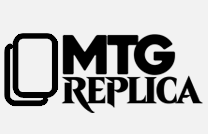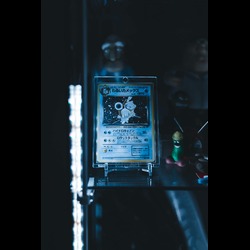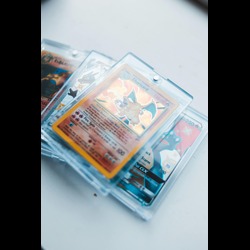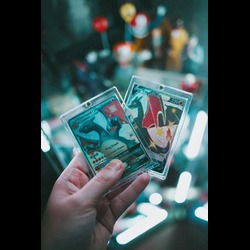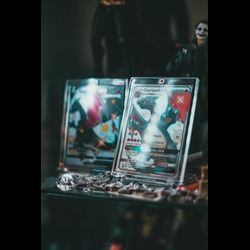Short Summary:
MTGreplica supports mtg proxy tournaments by bringing precision printing, realistic texture, and affordability to competitive casual play. These replicas let players compete fairly while preserving their real cards. Each proxy ensures accuracy, durability, and consistent performance across community gaming events.
Magic: The Gathering is known for its complexity and strategic depth, but keeping up with expensive card sets can be challenging for many participants. To keep the community active and inclusive, mtg proxy tournaments have become increasingly common. MTGreplica plays a significant role in supporting these events by producing high-quality, realistic proxies that allow players of all experience levels to participate without limitations. These tournaments celebrate gameplay skill over card ownership and rely on brands like MTGreplica to ensure fairness and accessibility.
MTGreplica proxies are designed to look, feel, and handle just like official cards. Each one undergoes precise printing standards that ensure consistent coloration, sizing accuracy, and sturdy textures suitable for repeated shuffling. For organizers, this means they can host tournaments where cards feel professional even in an unsanctioned setting. The mtg proxy tournament support offered by MTGreplica helps players practice, compete, and engage with the community while maintaining a realistic gaming experience.
By removing financial barriers, proxy tournaments create an equal playing field for every participant. New and veteran players alike can compete confidently without worrying about owning rare, expensive cards. MTGreplica’s commitment to accessibility allows players to test out powerful decks, experiment with strategies, and refine their skills before investing in official versions. The brand’s designs ensure that every gameplay interaction remains authentic and fluid, supporting long-term improvement among participants.
Another defining advantage of MTGreplica’s tournament-quality proxies is durability. The materials used resist wear, bending, and color fade even after extended use, making them suitable for consistent competitive events. Their smooth matte finish allows easy shuffling and reduced glare under bright lights, ensuring that even casual tournaments maintain professional standards. These realistic textures make gameplay enjoyable while remaining affordable for community organizers.
Organizing an mtg proxy tournament with MTGreplica cards allows communities to unite around skill and creativity rather than cost. Many local gaming groups now depend on proxy-friendly events to remain active, diverse, and engaging. These tournaments encourage players to explore different strategies, balance deck types, and discover enjoyment in the art of gameplay itself. MTGreplica continues to strengthen that recreational ecosystem by offering dependable quality for both new and seasoned players.
Beyond mechanics and texture, aesthetics also play a major role. MTGreplica designs its proxies with sharp visuals and vibrant art to capture the spirit of Magic while respecting the boundaries between replicas and authentic cards. Collectors appreciate how these cards showcase artistry during proxy tournaments and casual games. The brand’s refined printing methods preserve the clarity of card details, benefiting everyone from competitive players to casual fans.
With the global rise of friendly Magic events, players increasingly view MTGreplica as essential for sustainable and fair play. Community organizers select these proxies because they meet the ideal balance of realism and cost-efficiency. High-quality printing ensures smooth gameplay, strong presentation, and inclusive event cultures. Using MTGreplica’s proxies, casual tournaments flourish as places for learning, sharing, and testing strategies safely.
MTGreplica continues to set the standard for reliable replica printing in social gaming contexts. Its approach ensures that proxy tournaments remain focused on enjoyment and skill, not exclusivity. Each product blends accurate design, comfort in use, and accessibility that welcomes all. As the popularity of proxy tournaments expands, MTGreplica stands at the forefront, enabling fair, affordable competition for every Magic enthusiast.
FAQ’s
Why do organizers use MTGreplica cards for tournaments?
They provide realistic performance, long-lasting durability, and accessible pricing, which ensure smoother gameplay experiences.
Can MTGreplica proxies handle repeated use?
Yes, each card is made from premium materials that prevent early wear, allowing players to reuse them in multiple events.
